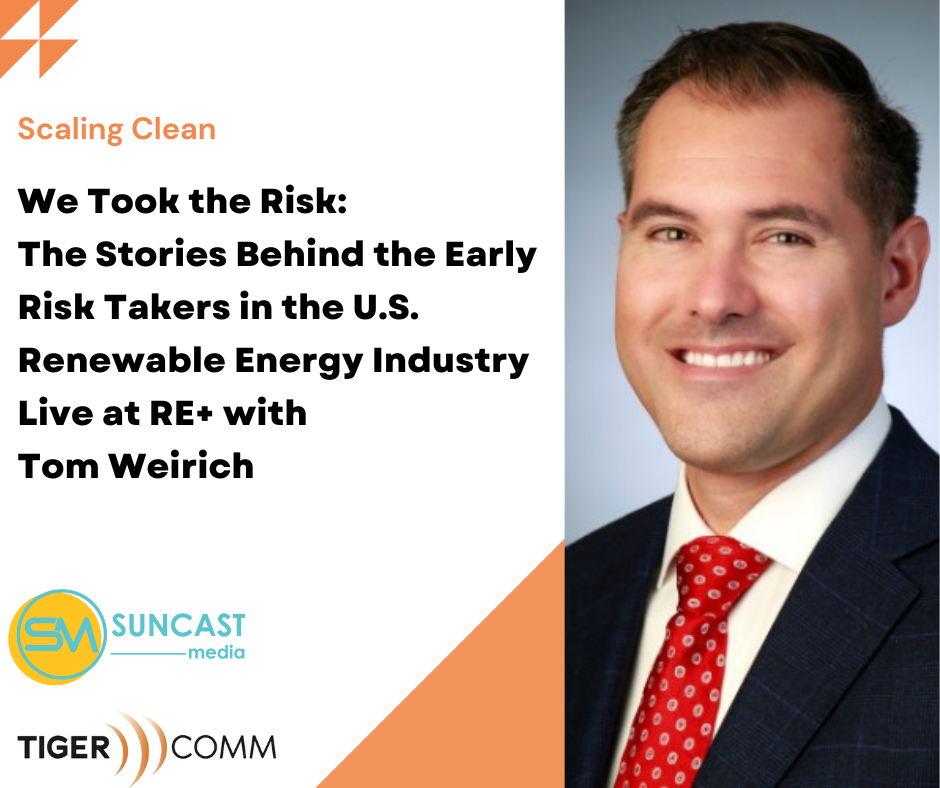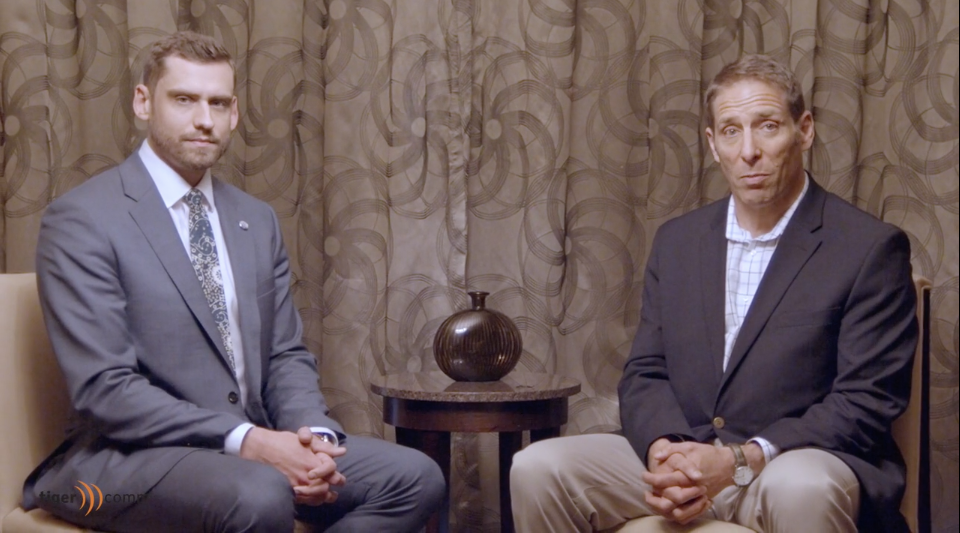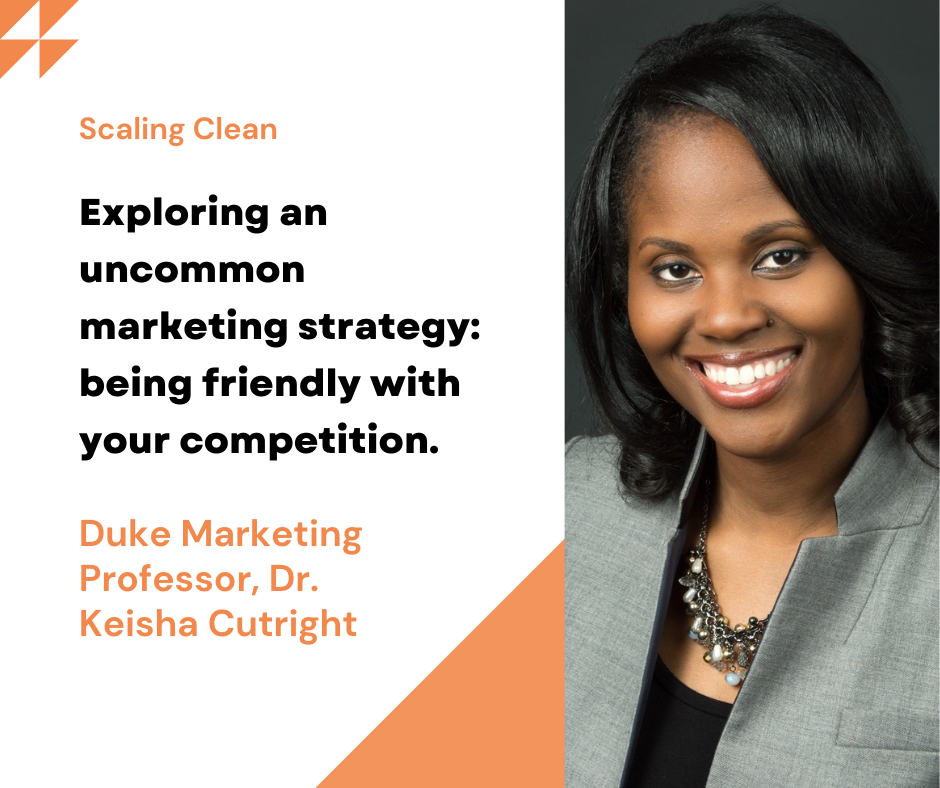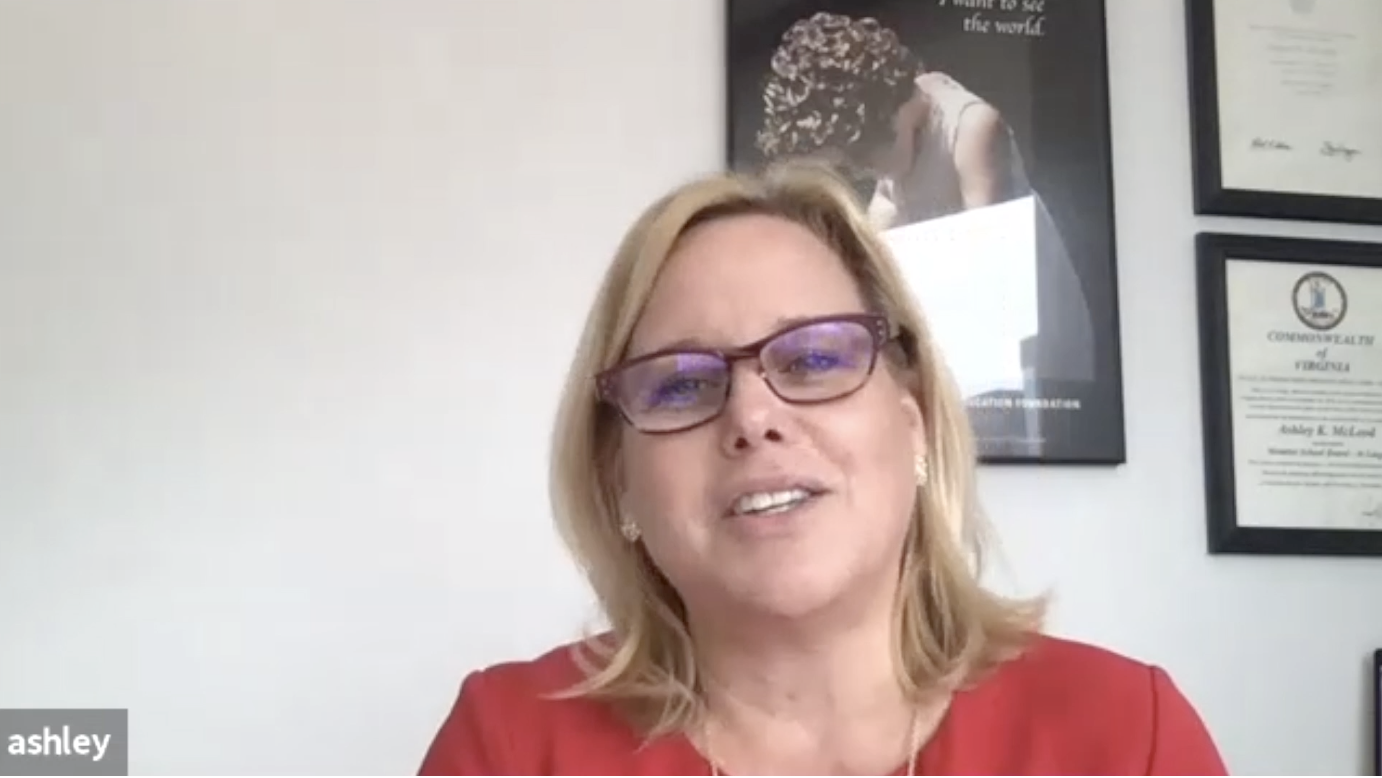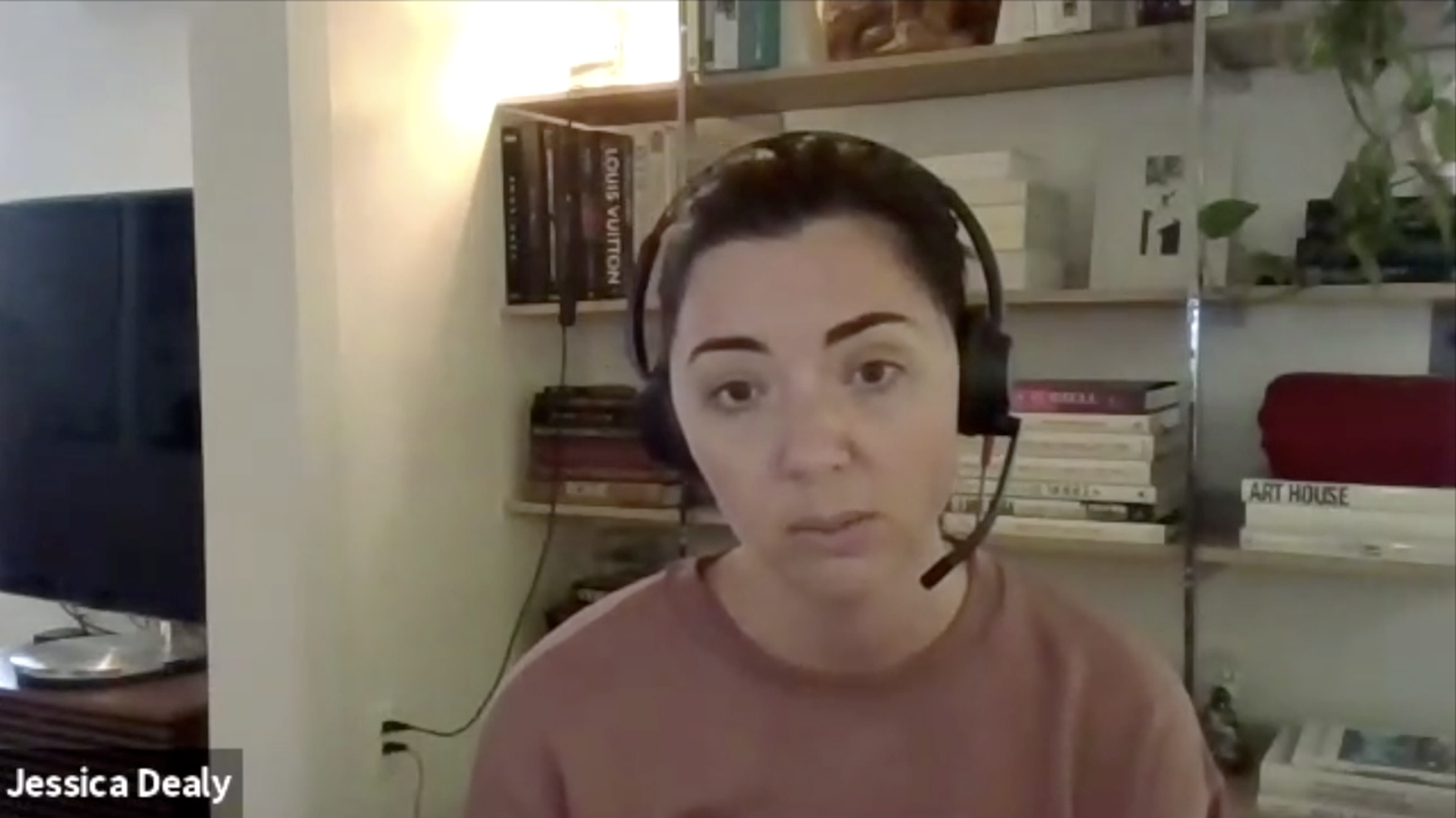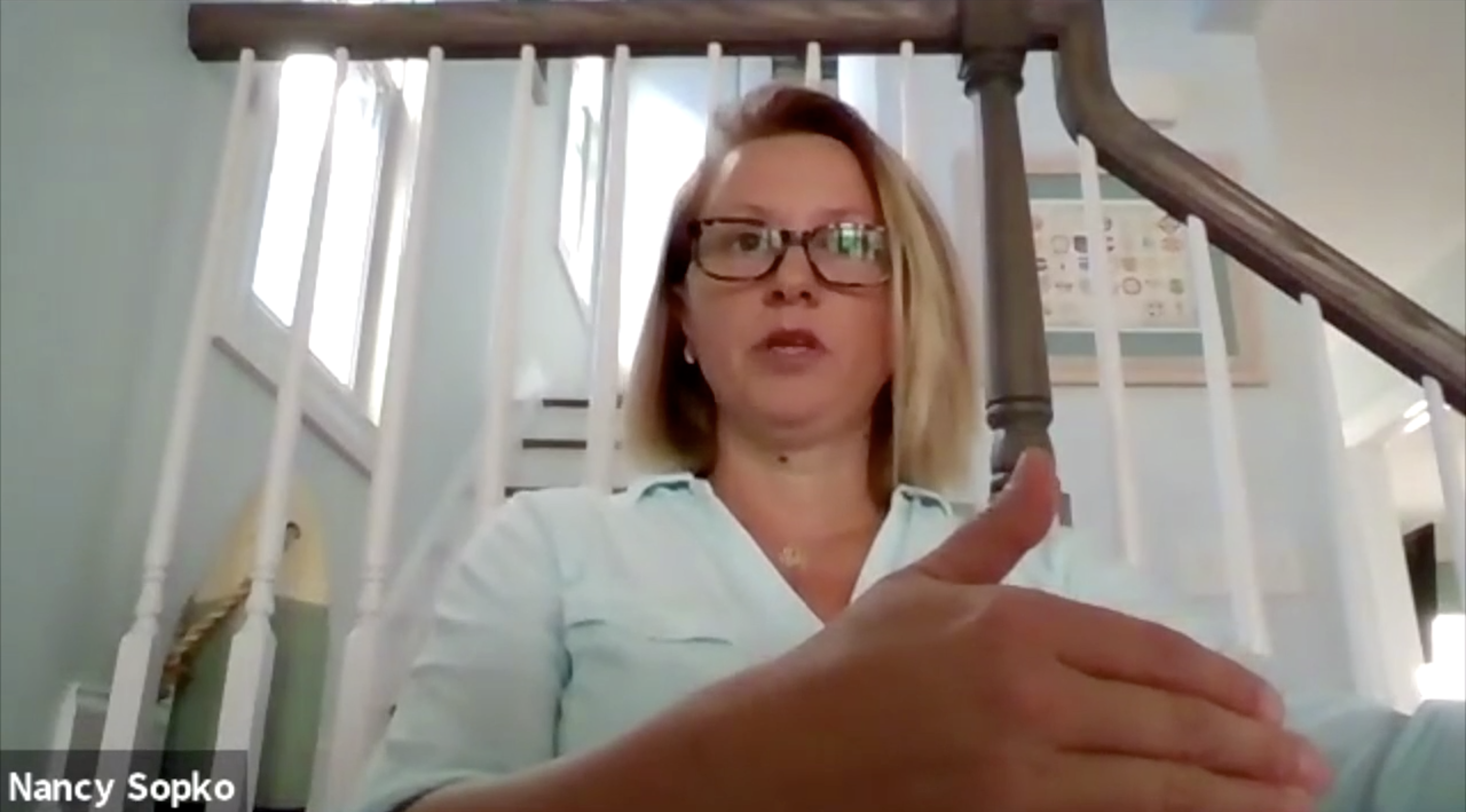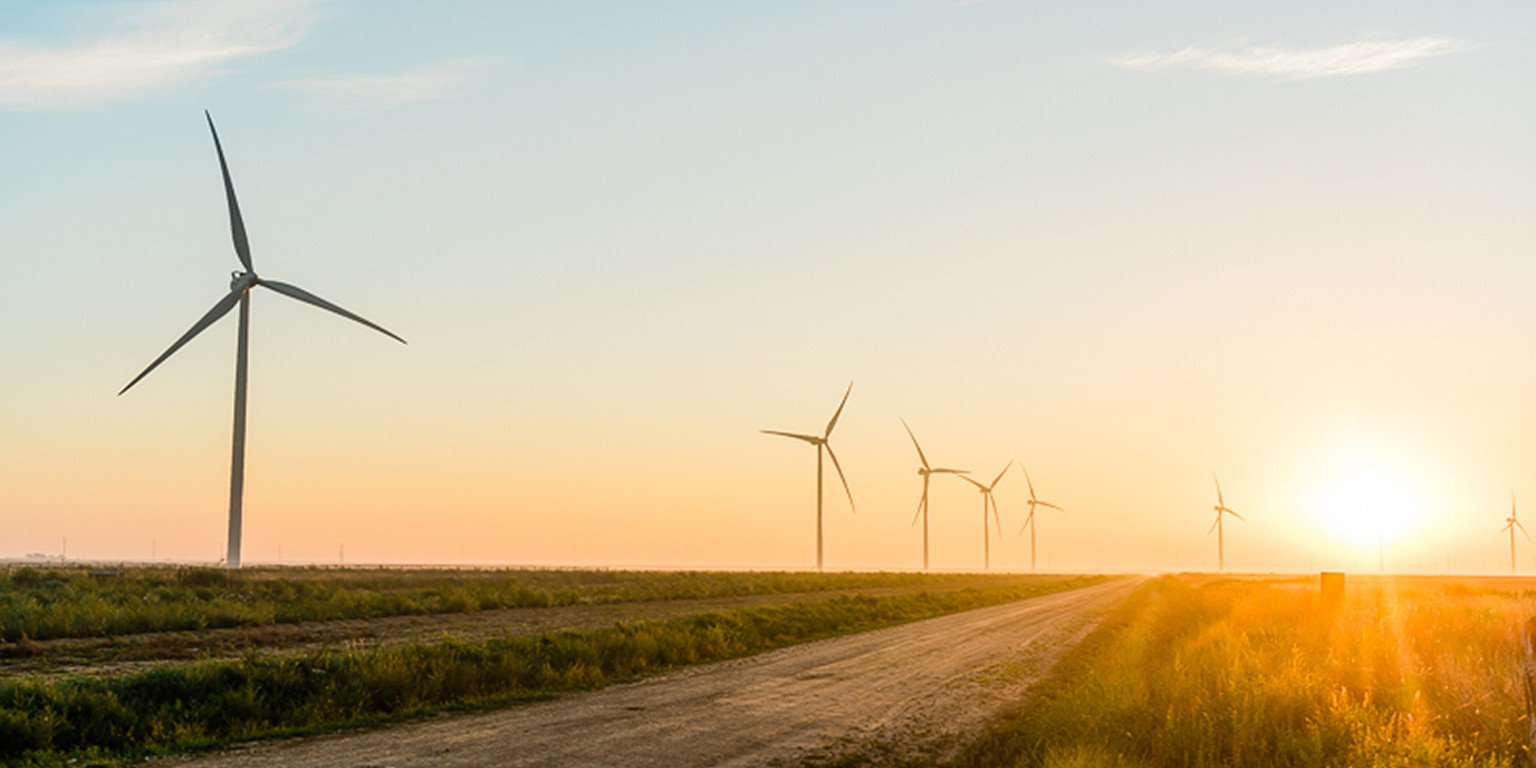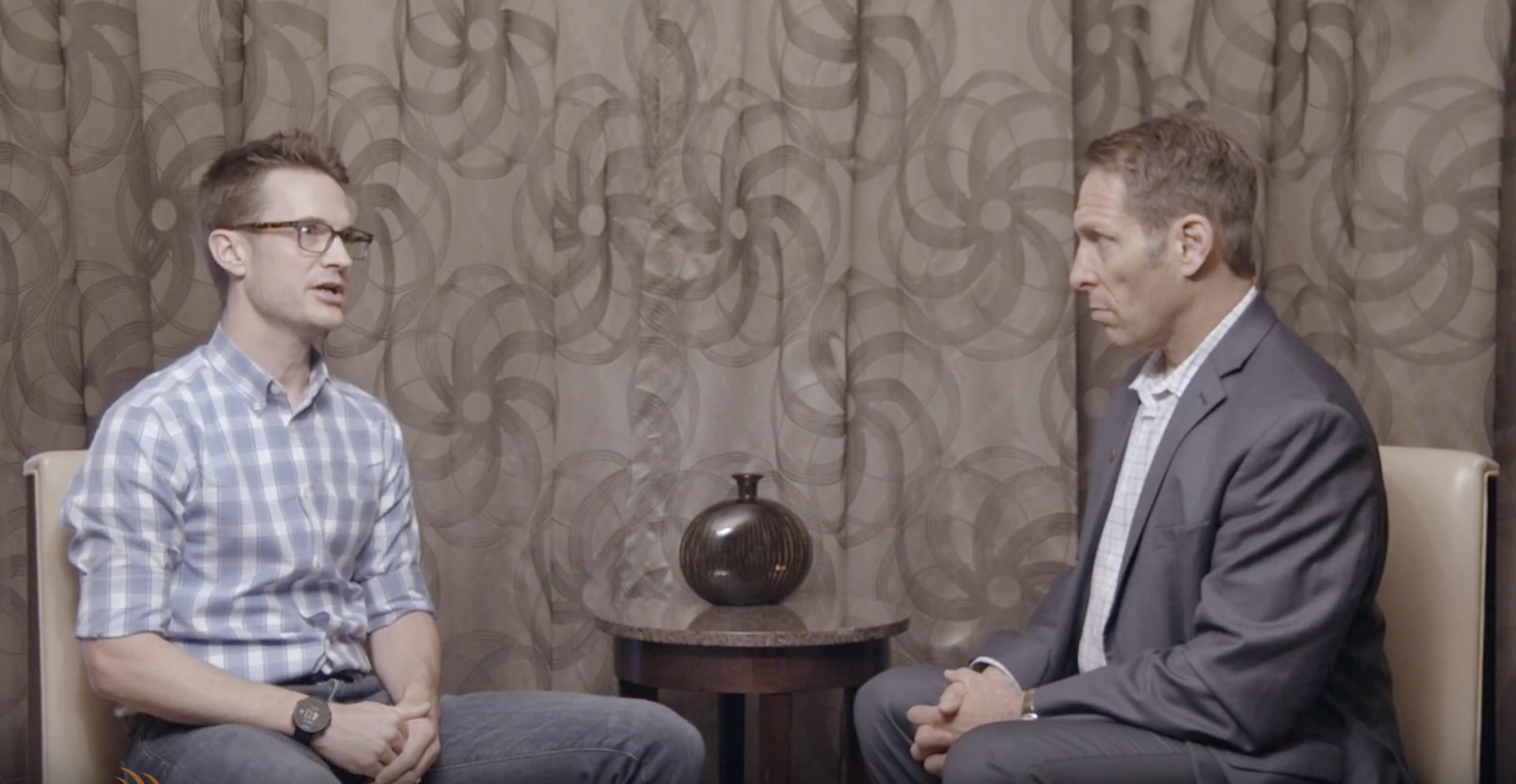Insights
Expert Interviews
As we mark the one-year milestone of the Inflation Reduction Act, resistance to the clean energy shift is arising, significantly propelled by a gas industry...
Continue ReadingIn our podcast, Scaling Clean, we seek usable insights on building and running successful companies from the cleantech CEOs, investors and the people who...
Continue ReadingDigital Solutions for Securing Community Acceptance of Wind Energy – With Will Eberle of E.ON North America
This article was updated in June 2022 to reflect...
Continue ReadingThe traditional, conventional wisdom in business marketing is to ignore competitors. “Don’t give them oxygen.” But that’s wrong, according to Duke University...
Continue ReadingWhy Steer Into Rough Seas? Interviews With The Experts: Kris Ohleth
As part of our series of interviews with people leading community engagement for the U.S....
Continue ReadingAs part of our interview series with Offshore Wind’s (OSW) community engagement leaders, we were thrilled to talk with Ashley McLeod. A former executive with...
Continue ReadingThe solid reception to our talk at the 2019 Offshore Wind Conference inspired us to stay focused on the topic of best practices for offshore wind developers in...
Continue ReadingNancy Sopko doesn’t currently drive community engagement at an offshore wind company. But we had to include her in this series for a number of reasons, not the...
Continue ReadingThanks for a fun conversation with Marie Brugquist, Ryan Suchsland and Conner Allen of GRNE Solar. Hat’s off to this regional solar installation company that’s...
Continue ReadingWe had a fun talking with Benoy Thanjan of the Solar Maverick Podcast. We covered a huge range of topics, but the highlights of the conversation that clean...
Continue ReadingOffshore wind communicators, community engagement leads and supporters: Have you had a question to ask offshore wind editors? Now’s your chance. Tune in...
Continue ReadingEnel Green Power’s Nick Coil: When it Comes to Community Acceptance, Start Using Digital Tools EARLY
Of all the people we’ve interviewed for the Not Just for NIMBY series, Enel Green Power’s Nick Coil has probably spent the most time in rural communities...
Continue Reading
